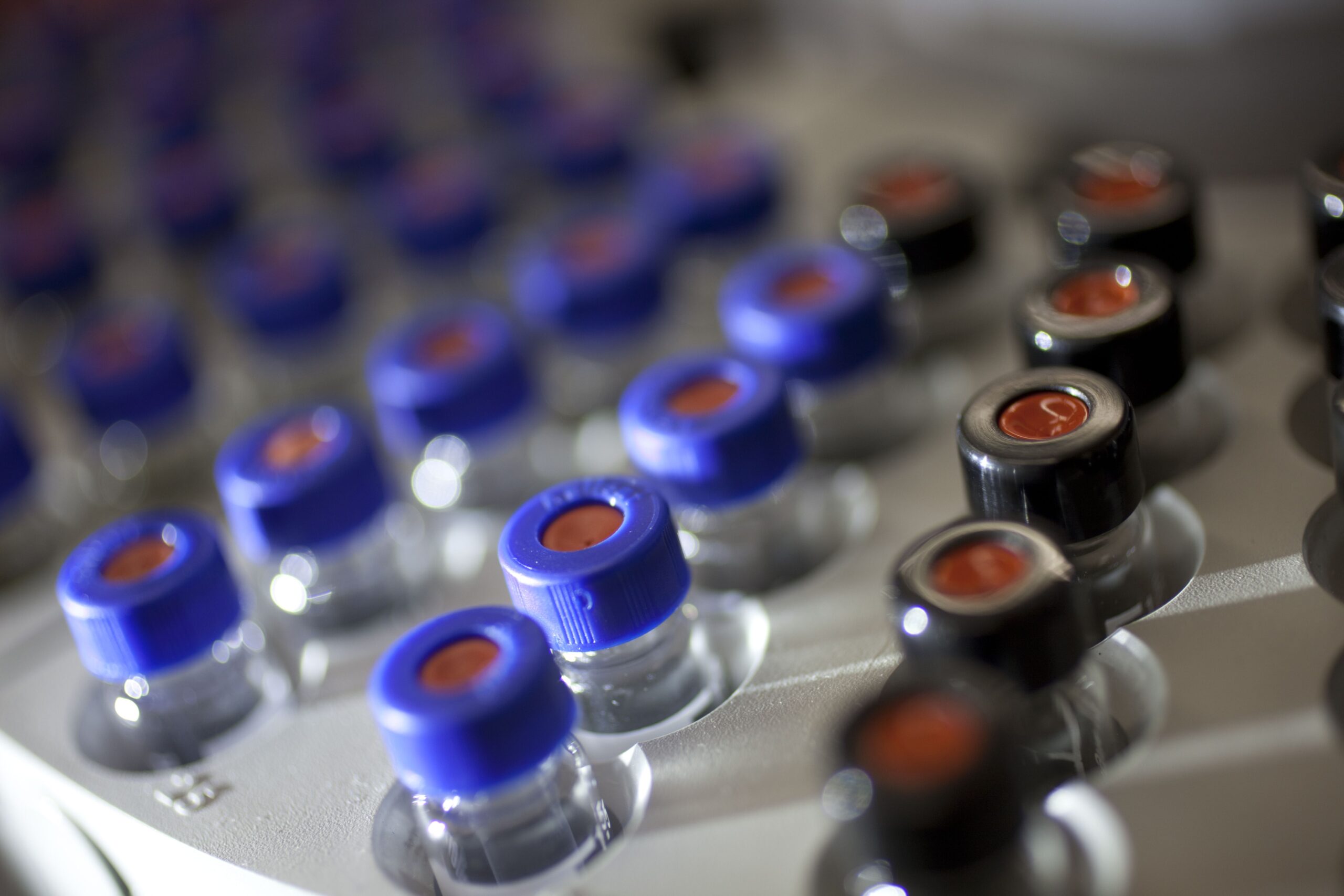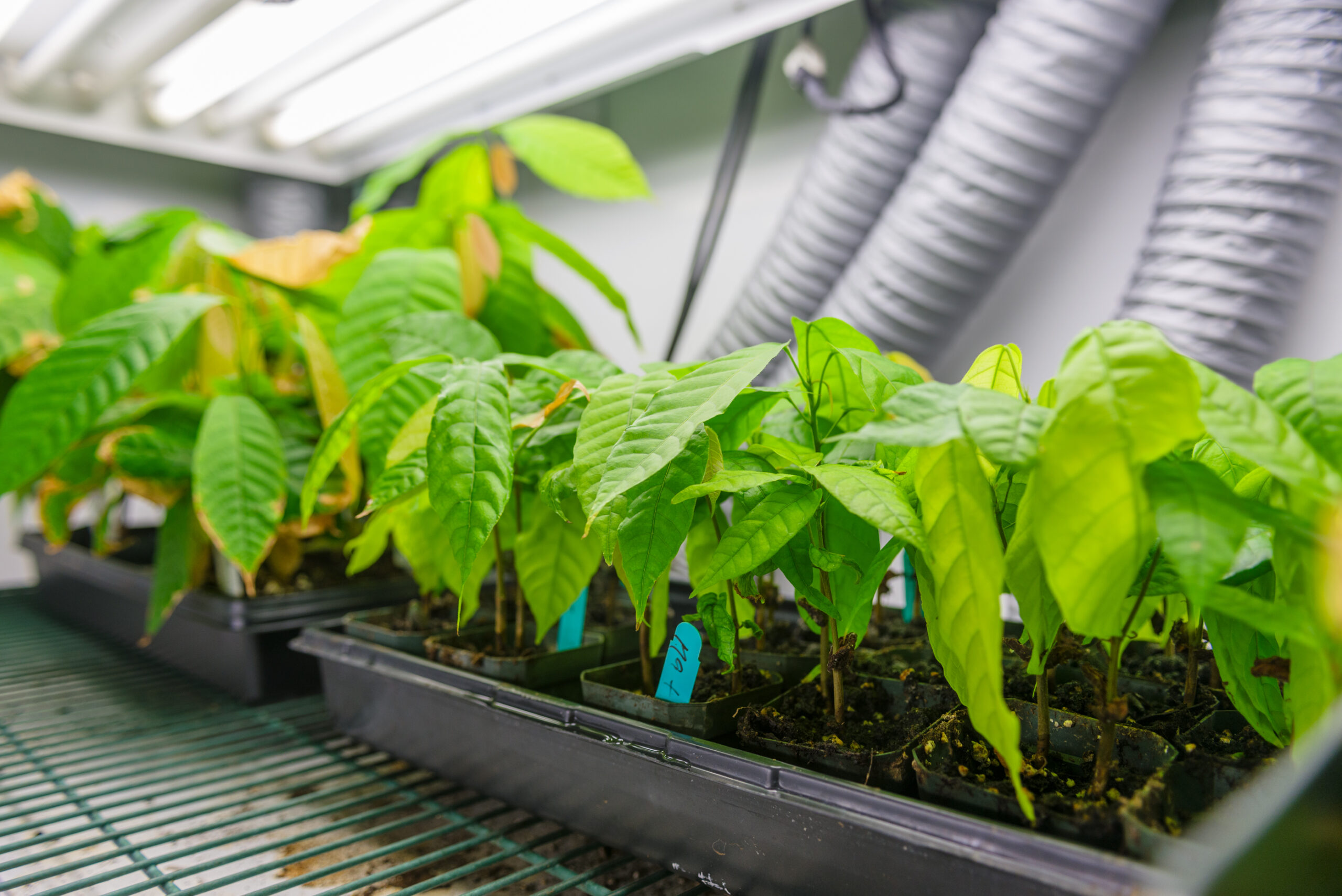
Perspective: What Happens at the Site of a Cas9 Edit?
CRISPR-Cas9 sometimes makes larger changes to the genome than we thought – good to know
On Monday, Nature Biotechnology published a paper entitled, “Repair of CRISPR–Cas9-induced double-stranded breaks leads to large deletions and complex rearrangements,” by scientists in Allan Bradley’s laboratory. This response article is written by members of the IGI’s staff and scientific leadership and is intended to provide perspective on the paper’s conclusions and to comment on the authors’ interpretation of the data, as well as potentially misleading conclusions drawn in the media.
What do I need to know?
In certain circumstances, CRISPR genome editing can sometimes remove a bigger chunk of DNA than intended. Researchers can look out for this, and if it happens can plan ahead.
If you are a scientist using CRISPR-Cas9 to genome edit mouse cells in a dish, “trust but verify”: confirm that the cells have precisely the edit you intended, because some of the time, they may have a larger bit of their genetic material missing.
The sections below provide more detailed information and analysis.
What does the paper say?
CRISPR-Cas9 has been used thousands of times to make cells in a dish, as well as plants and animals of all kinds, that have small genetic changes exactly of the type intended by the scientist. In this study, scientists took mouse cells in a dish, and in the case of two native genes and one artificial one, found that about 1 in 20 times, the editing process takes out a larger chunk of the target gene.
Why might there be confusion?
For scientists using genome editing in a lab, does this mean that CRISPR-Cas9 is not really like scissors for DNA, and more like a wrecking ball?
No. In the kinds of cells used for this study, 5% of the time the genetic change is larger than has been usually detected. This is a useful discovery: scientists will now check that their gene-edited cells in a dish have precisely the small genetic change they want, rather than the less common larger one. It will also be really important to find out how general this finding is (that is, look for such larger changes at many more genes, and in many other different kinds of cells). Large changes of the kind reported are not frequently seen, even when scientists go looking for them. For example, when scientists have sequenced the entire genome of mice edited with CRISPR-Cas9, they have only seen these kinds of large changes in rare cases.
For scientists and physicians aiming to use CRISPR-Cas9 to treat disease, is this a concern?
Not at present. There is simply no data to tell at this point. Imagine that a plane constructed by a flying enthusiast (even a very gifted one) in their garage crashes on its maiden voyage. What implications would that have for commercial aviation?
By the same token, genome editing of mouse cells in a dish, and of human cells for clinical use, happen under very different settings, and the differences are key to the outcome. The paper does not study human cells, or CRISPR-Cas9 that has been engineered for use in the clinic, and does not combine Cas9 with the human cells in a way that is clinic-grade. These are not minor differences – they are akin to “GarageJet 001” vs. “Boeing 777.”
While in the US and Europe, Cas9 has not been used to edit the cells of a person in the clinic (such clinical trials will begin this year), but other forms of genome editing have, and no safety concerns have emerged so far. And we know from that effort that careful ways to examine the safety of genome editing have been worked out by the physicians, scientists, and the regulatory authorities in the US and Europe that control how this is done in the clinic.
What can we really conclude?
CRISPR-Cas9 can sometimes produce larger genetic changes than we previously thought. In mouse cells in a dish, this happens about 1 in 20 times. This means that scientists doing laboratory research need to check their edited cells before using them in experiments, and make sure the cells they picked have exactly the kind of edited gene that they are interested in. Researchers considering therapeutic uses of genome editing typically already check for larger changes and build these into their tests. No conclusions can be drawn at present about using CRISPR-Cas9 for potential use to treat disease.
Bottom line:
“Trust but verify”: check your cells in a dish to make sure they have the right kind of edit.
Closing thoughts:
Thousands of labs are using CRISPR-Cas9, and hopefully we will soon know whether the interesting and noteworthy findings of this study apply to more than two genes, and two different kinds of mouse cells. Such follow-up studies are essential to understand how general these kinds of discoveries are.
Media contact:
If you are interested in speaking with one of our scientists about this paper and our perspective, please email igi-press@berkeley.edu.



